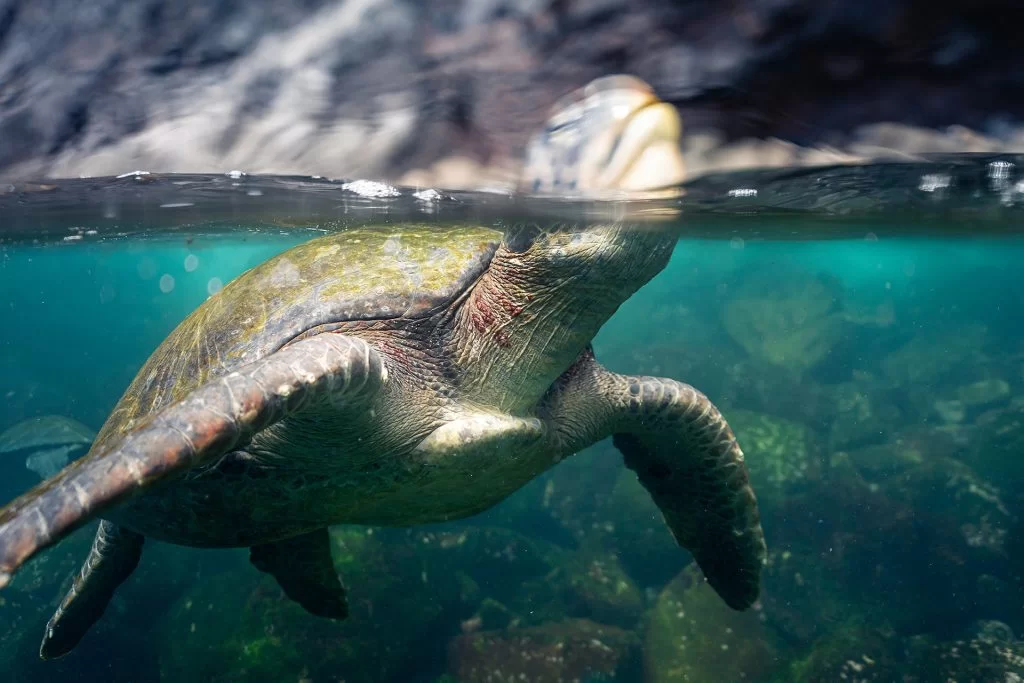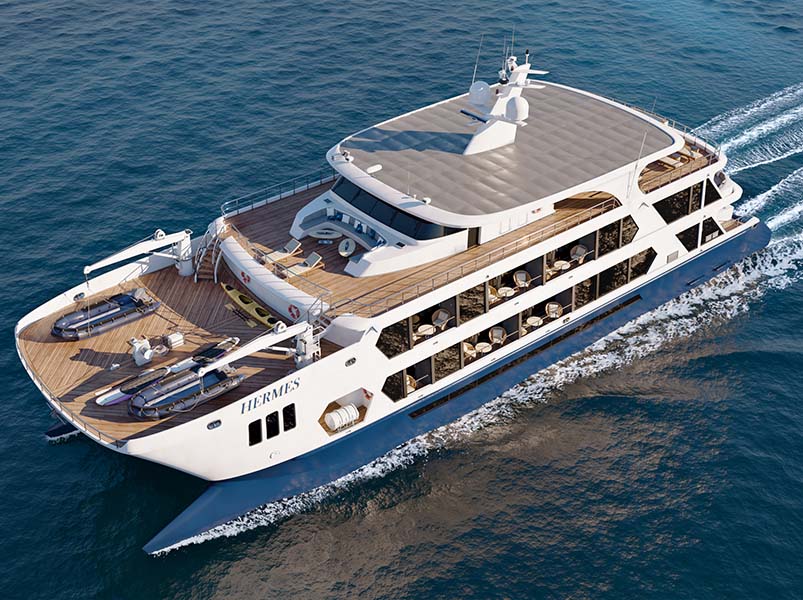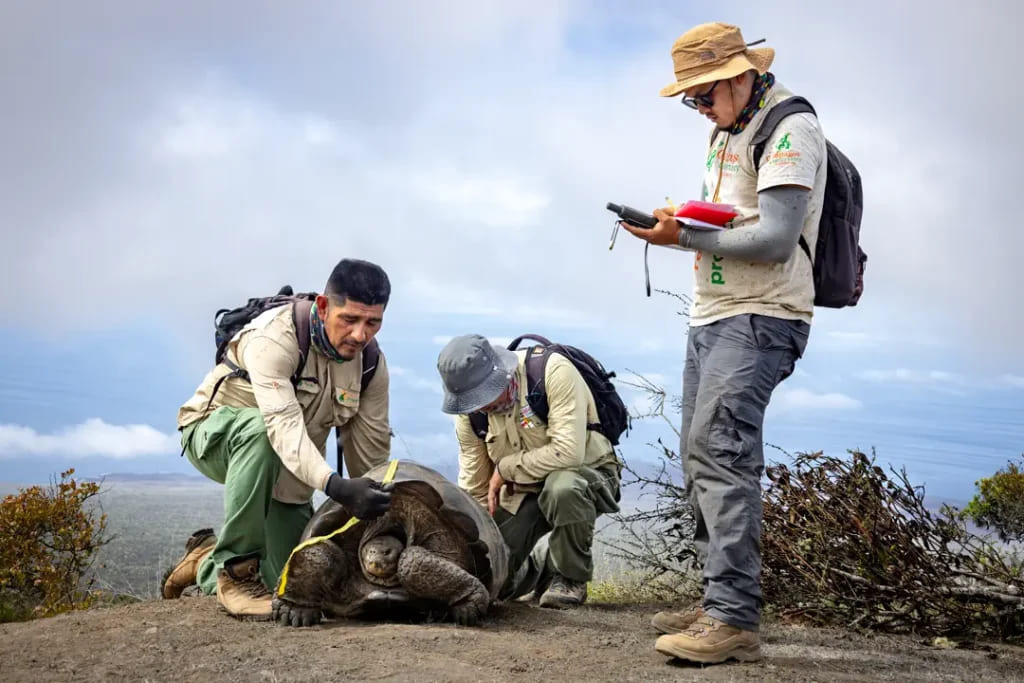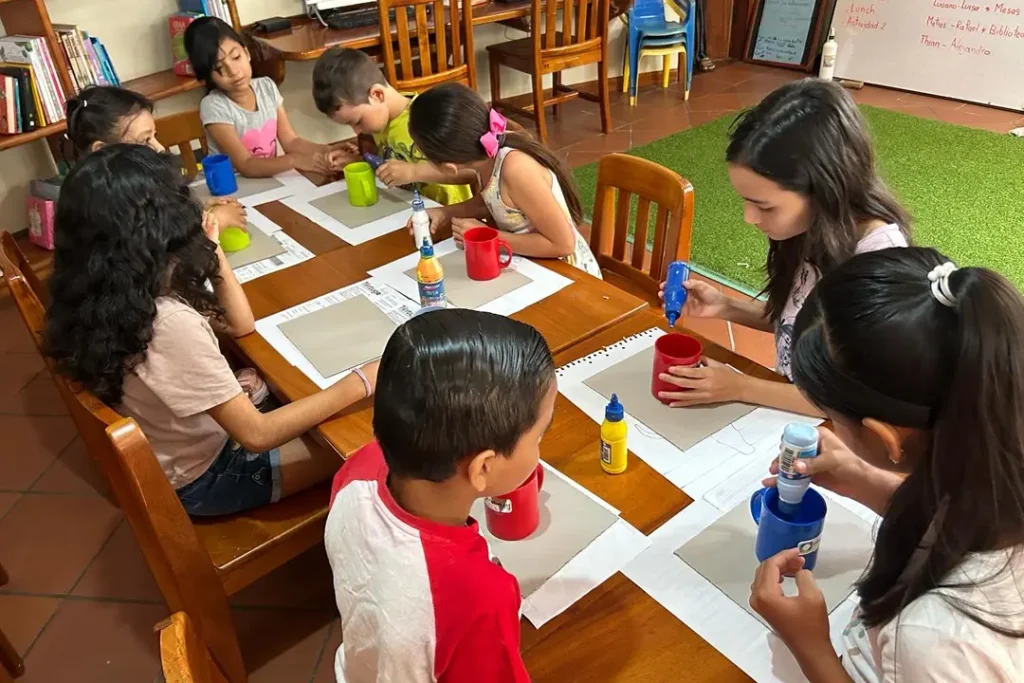The entire archipelago suffers as the temperature and nutrients levels in the waters of Galapagos fluctuate. El Niño’s warm spell is bad for marine life that thrives under the cooler conditions of the Humboldt. Sea lions and boobies are among the animals that struggle to find food. They often give up breeding and extend their range to search for food.
The warm seas evaporate more water, increasing the amount of rain on the usually dry and hot archipelago. The influx of rainfall in Galapagos has profound effects on the land. Rain triggers a far greater productivity of land and alleviates the usual drought conditions in Galapagos. The rain triggers a surge in plant growth, insect proliferation, and many wildlife types double or triple their reproduction.
El Niño, a natural phenomenon that occurs every 2-7 year, has increased in intensity since the end of the 20th century. This may be due to greenhouse gas emissions caused by humans, but this direct cause is not yet confirmed. We can only watch as it unfolds, but we know that Galapagos is going to face many challenges. Galapagos faces many challenges, including heavy rainfall, warm unproductive waters, and sea-level rises such as the 45 centimeters in 1997-1998.
We support many efforts in the archipelago, helping both wildlife and humans adapt to El Niño. This includes assisting municipalities with impending infrastructure threats, anticipating increased invasive species controls on land, as well as preparing for the recovery of coral reefs. We can only continue this vital work with your support.
Please accept my sincere thanks



